Zim likely to receive good rains
- By Zimpapers Syndication |
- 19 Apr, 2025 |
- 0
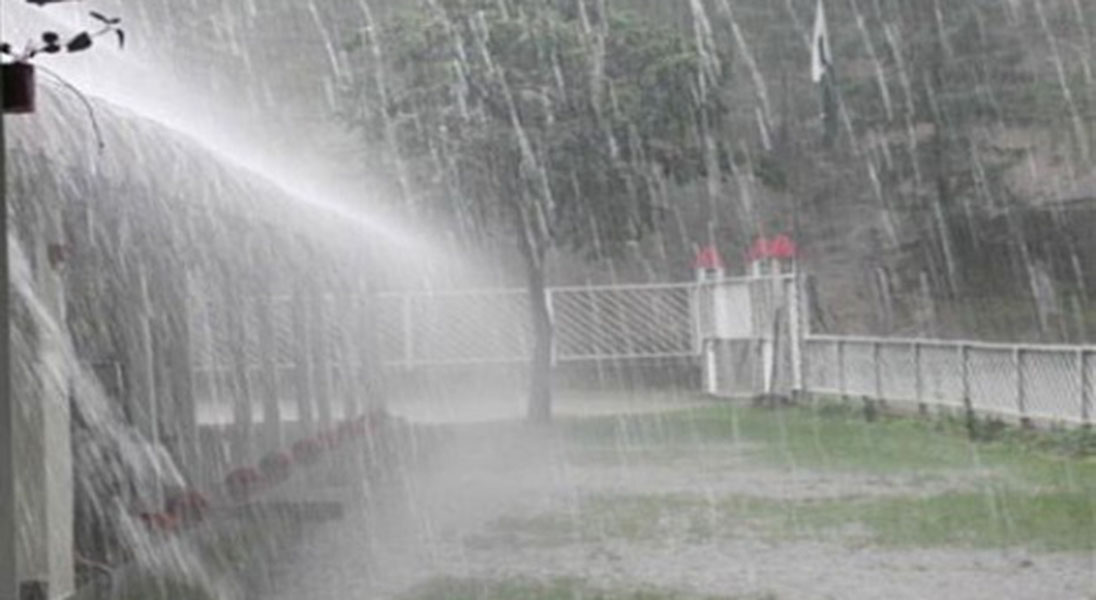
Sifelani Tsiko ---
Zimbabwe is expected to receive good rains in the 2016 – 2017 cropping season and climate experts are urging farmers to plant early to ensure that they get a meaningful harvest.
Meteorological Services Department principal meteorologist Vimbai Mamombe revealed this when she issued out the national forecast this week.
She said the approaching rainy season, which starts in October, would be normal to wetter than normal in Zimbabwe bringing relief to the country which has been craving for some good rainfall activity after it was ravaged by one of the worst droughts in decades.
“There is a high likelihood of an early start of the season for the whole country, with significant rains as early as late September 2016 in the southern areas of the Zimbabwe,” Mamombe said.
“Inputs, including small grains should be distributed to all regions by the end of September 2016 in Matabeleland South, Masvingo, Midlands and southern districts of Manicaland and by the end of October for the rest of the country.
“In view of the moisture availability and suitable temperature thresholds, those with water should not wait for the main rains to fall. They can plant any time now.”
In the first half of the season (October – December 2016) Region 1 which covers Harare, much of Mashonaland East, Mashonaland West , Mashonaland Central, northeastern parts of Midlands , parts Manicaland and Region 2 which includes the bulk of Matabeleland North, parts of Midlands and parts of Mashonaland West are likely to receive normal to above normal rainfall.
In the same period, the most rain deficit pocket of the country - Region 3 which covers Masvingo, the bulk of Midlands, the extreme southern parts of Manicaland and the bulk of Matabeleland South is also expected to get normal to above normal rainfall.
The Met Department also forecast that in the November – December and January 2017 period, Region 1 and 2 is expected to continue receiving normal to below normal rainfall while the drought – prone Region will get an extended bonus of normal to above normal rainfall.
In the January – February 2017 period, Region 1 and 3 will get normal to above normal rainfall while Matabeleland North, north –west Matabeleland South and Bulawayo will receive normal to below normal rains.
The Met Department said on average Region 1 and 2 will receive normal to above normal rains while Region is expected to get normal to below normal rains in the second half of the cropping season, which normal runs from January to March.
Normal to above normal simply refers to rains that are normal to wetter than normal.
Principal meteorologist Mamombe said that even though the forecast was good news for the drought – stricken country, she said it still remains critical for the country to develop its dam and irrigation infrastructure given the risk of persistent droughts and food insecurity in some pockets of the country.
“Despite the high chances of higher than usual rains this season, in terms of national strategic planning and development, Zimbabwe should always expect, and plan for, one form of drought or another,” she said.
“It is now extremely rare for the whole country to experience the same weather conditions. There is need to continue with water harvesting programmes already underway, especially those in agro-ecological zones IV and V. We should keep in mind that there are indications of deterioration in the rainfall amounts as the season progresses.”
Mamombe said the policies of small dam construction and borehole drilling or deepening, conservation and protection of wetlands should continue especially in the drought –prone southern part of the country.
She further said that the application of fertilizers should be guided by the 10 - day weather forecasts as well as advice from agricultural extension service.
The 10 - day weather forecasts will be issued from October until April 2017.
“Incentives for maize production in support for Command Agriculture should be announced as soon as possible, rather than wait until the middle of the season,” the climate expert said.
“Mindful that many communal farmers lost cattle (hence stifling animal-drawn ploughing capability) during the recently ended drought, there is need to allocate some tractors and associated implements to them. After all, the bulk of the crop that goes to the GMB comes from small scale farmers.”
Zimbabwe’s national forecast dovetails with the 20th Southern Africa Regional Climate Outlook Forum (Sarcof) regional forecast announced in Harare recently that predicted that from October 2016 to March 2017, SADC countries are likely to receive normal to above-normal rainfall bringing relief to this region which relies heavily on rain-fed agriculture.
The bulk of SADC is likely to receive normal to above-normal rainfall for most of the period October to December (OND) 2016 and the January to March (JFM) 2017 while northernmost Democratic Republic of Congo (DRC) northern Angola, southernmost of Tanzania, northern Mozambique, the islands states of Seychelles and eastern-most Madagascar are more likely to receive normal to below-normal rainfall most of the season.
Sadc member States have declared this year’s El-Nino-induced drought a regional disaster, paving the way for donor agencies to assist in mobilising US$2,8 billion required for food aid for millions of people facing hunger.
Drought has left up to 40 million people in need of food assistance across the region, according to the UN Food and Agriculture Organisation. Out of this, 23 million require immediate assistance.
Zimbabwe is one of the worst affected countries by the driest year in decades facing southern Africa - including Malawi, Zambia, Lesotho, Swaziland and South Africa.
The UN's World Food Programme said about 16 million people in Southern Africa are facing hunger due to poor harvests in 2015, caused by El Nino weather conditions.
The impact of the drought that swept across the Sadc region in the past two years has been felt across all sectors including agriculture, food and nutrition security, tourism, energy, health, water and sanitation and education.
A majority of small - scale farmers are struggling to produce enough food to feed their families owing to the drought that ravaged most parts of Zimbabwe.
Dam levels have dropped to their worst levels in decades while pasture and water scarcity has decimated 643 000 livestock with an estimated value of up to US$1,9 billion.
Climate experts say the 2016 - 2017 rain season is likely to shift from the dreaded warmer – than -average weather pattern -El Niño – which caused a devastating drought in the entire sub –region to La Nina characterised by better rainfall and climate conditions.
The latest forecast is likely to bring widespread cheer in Zimbabwe and the rest of the region which is reeling under a drought that swept across the entire sub - continent.
Agricultural Technical and Extension Services (AGRITEX) senior official, Hillary Mugiyo urged the Met Department to issue and widely disseminate monthly and 10 day forecasts to improve planning of farm activities.
“The 3 monthly forecasts are too general and don’t show distribution or likely on-set, need to explain the forecast for the benefit of the laymen. Terms such as ‘Normal, Above Normal ,Below Normal’ need to be simplified,” he said.
“For the practical planning of local issues such as water resources, probability of dry spells, country require information on a much more local scale. Farmers need more refined climatic information to improve production.”
However, some development experts fear La Nina may turn cheer into misery for Zimbabwe and other Sadc countries.
Said David Phiri, FAO sub-regional coordinator for Southern Africa: “The evolving climate patterns characterised by cyclic droughts, floods and cyclones have become more frequent in southern Africa.
“The scale and complexities of these hazards requires that we improve on our early warning systems so that these hazards do not result in disasters.”
Other development experts have warned Zimbabwe and its neighbours to brace for floods that may lead to another year of food shortages as the region is expected to receive normal to above normal rains.
They fear that wetter conditions may trigger floods that may damage crops, infrastructure and spark crop and livestock diseases that may seriously erode agricultural production. -Zimpapers Syndication Services
No Comments



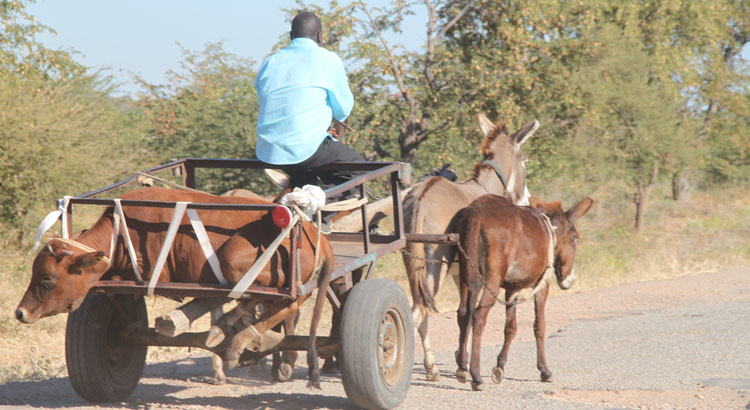


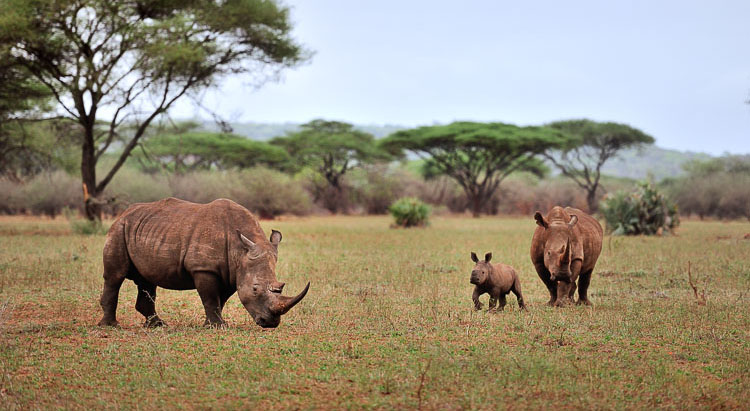




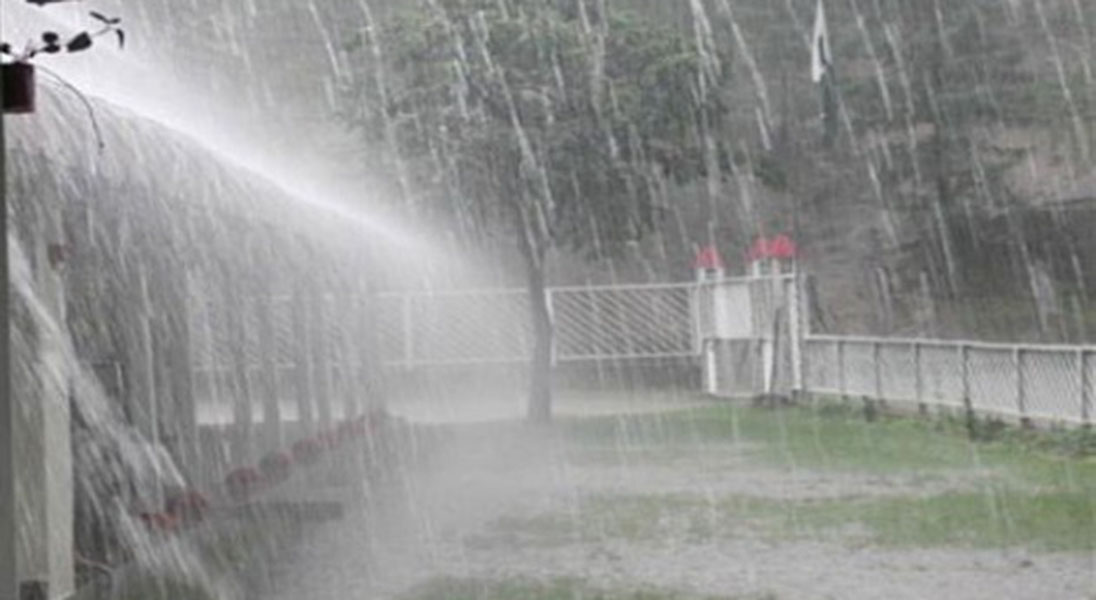
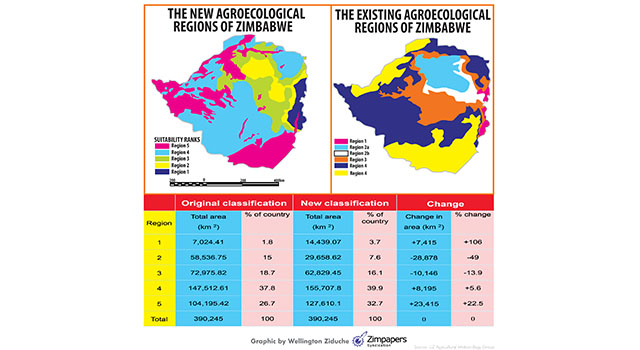
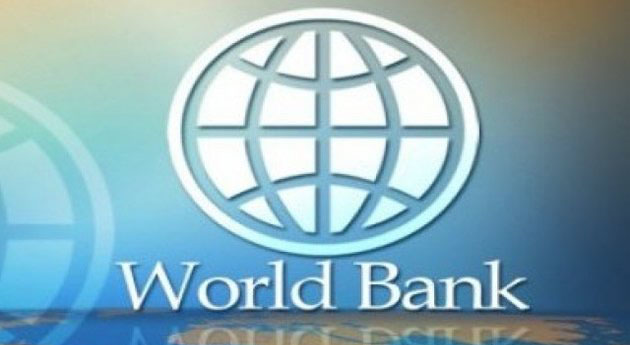
Comment